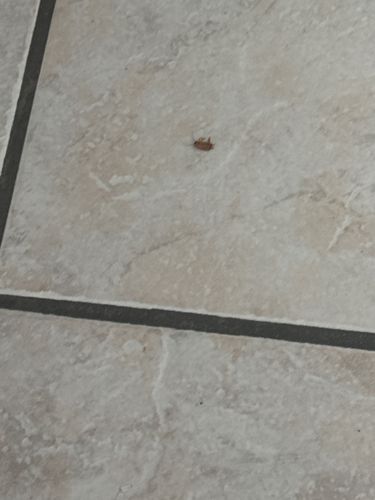Bed Bug
Scientific Name: Cimex lectularius
Order & Family: Hemiptera, Cimicidae
Size: Adults are typically 4-5 mm (0.16-0.20 inches) long, oval-shaped, and flattened, especially when unfed. After feeding, they become engorged and reddish-brown.

Natural Habitat
Primarily indoors, in cracks and crevices such as mattresses, bed frames, furniture, behind wallpaper, and in electrical outlets. They prefer areas close to human or animal hosts.
Diet & Feeding
Strictly hematophagous, meaning they feed exclusively on the blood of warm-blooded animals, primarily humans. They typically feed at night while their hosts are sleeping.
Behavior Patterns
Nocturnal, hiding during the day and emerging at night to feed. They are attracted to carbon dioxide and body heat. Bed bugs are highly resilient and can survive for several months without a blood meal. They reproduce rapidly, with females laying multiple eggs per day.
Risks & Benefits
Potential risks include itchy red welts from bites, allergic reactions, secondary skin infections from scratching, and psychological distress (anxiety, insomnia). They are not known to transmit diseases to humans. There are no known benefits to humans or the ecosystem, as they are primarily considered pests.
Identified on: 9/4/2025